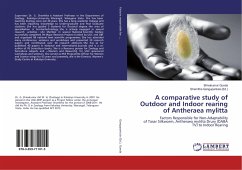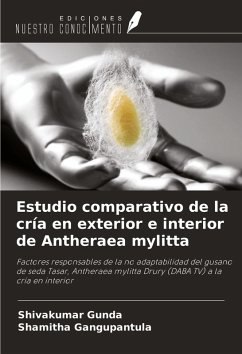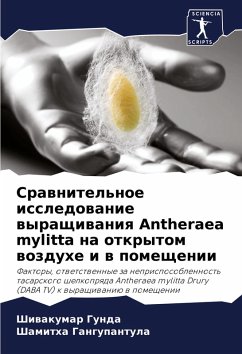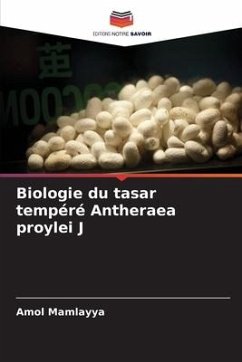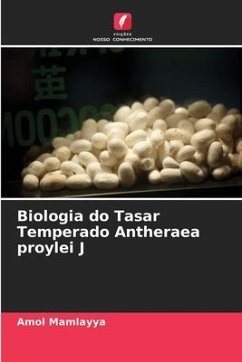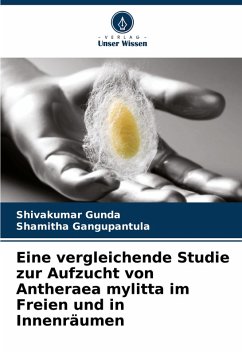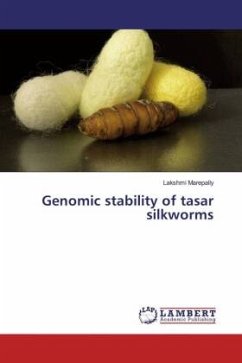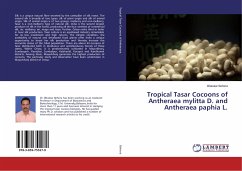
Tropical Tasar Cocoons of Antheraea mylitta D. and Antheraea paphia L.
Versandkostenfrei!
Versandfertig in 6-10 Tagen
37,99 €
inkl. MwSt.

PAYBACK Punkte
19 °P sammeln!
Silk is a unique natural fibre secreted by the caterpillar of silk insect. The natural silk is broadly of two types: silk of plant origin and silk of animal origin. Silk of animal origin is of two groups, mulberry and non-mulberry. Tasar is a non-mulberry type of natural silk. India is the second largest producer of silk in the world, producing all the four varieties of commercial silk, viz. mulberry, eri, muga and tasar. Further, Orissa ranks third in India in tasar silk production. Tasar culture is an agrobased industry remarkable for its low investment and high returns. The climatic conditi...
Silk is a unique natural fibre secreted by the caterpillar of silk insect. The natural silk is broadly of two types: silk of plant origin and silk of animal origin. Silk of animal origin is of two groups, mulberry and non-mulberry. Tasar is a non-mulberry type of natural silk. India is the second largest producer of silk in the world, producing all the four varieties of commercial silk, viz. mulberry, eri, muga and tasar. Further, Orissa ranks third in India in tasar silk production. Tasar culture is an agrobased industry remarkable for its low investment and high returns. The climatic condition, the availability of natural and developed food plants offer India a unique opportunity to boost her silk production and thereby increase the economic status of the tribal population. There are about 43 ecoraces of tasar distributed both in deciduous and semideciduous forests of these states. Within Orissa, it is predominantly cultivated in Mayurbhanj, Sundargarh, Keonjhar, Sarnbalpur, Kalahandi, Koraput and Kandhamal districts. Among them, Mayurbhanj generates the highest production of cocoons. The particular study and observation have been undertaken in Mayurbhanj district of Orissa.




